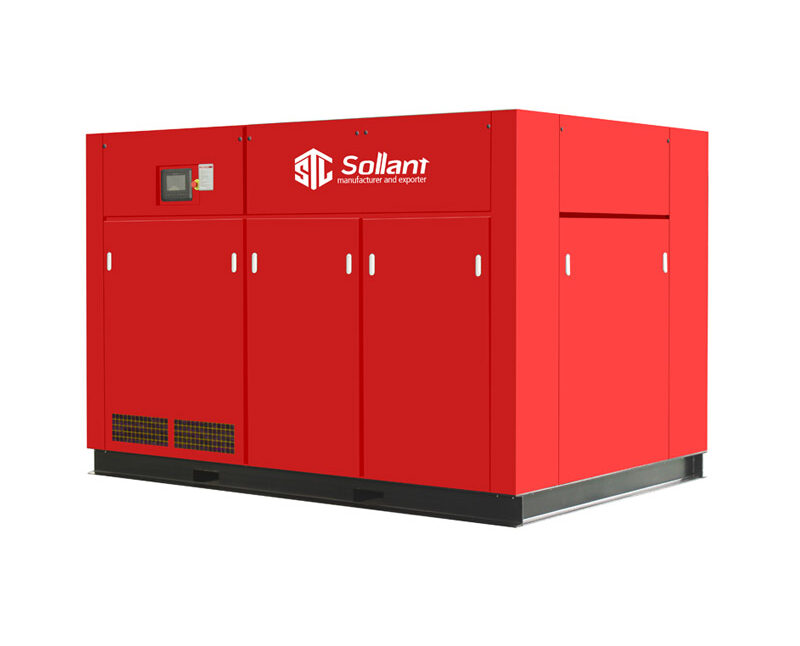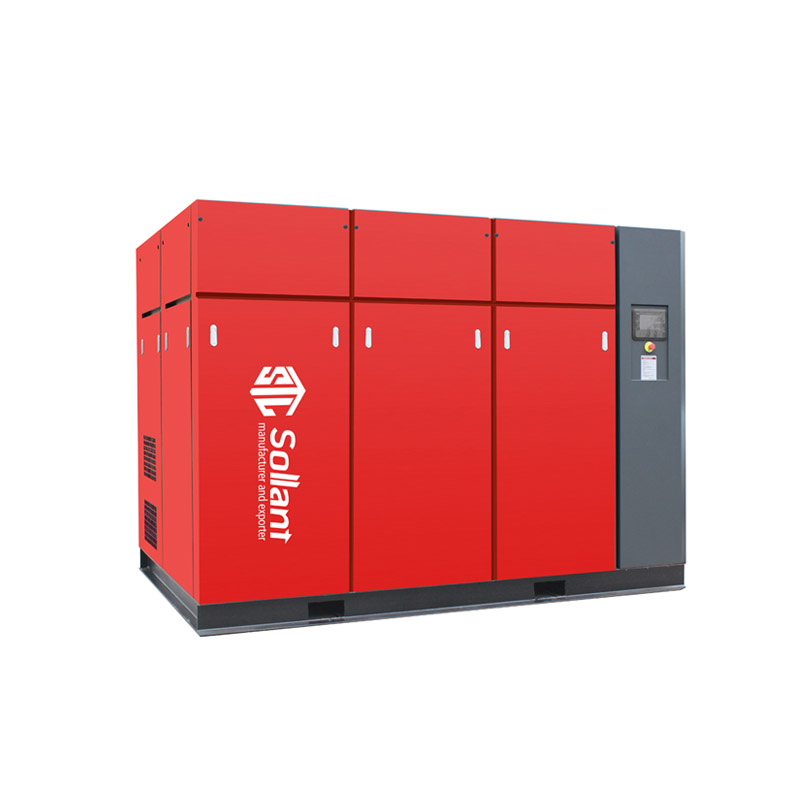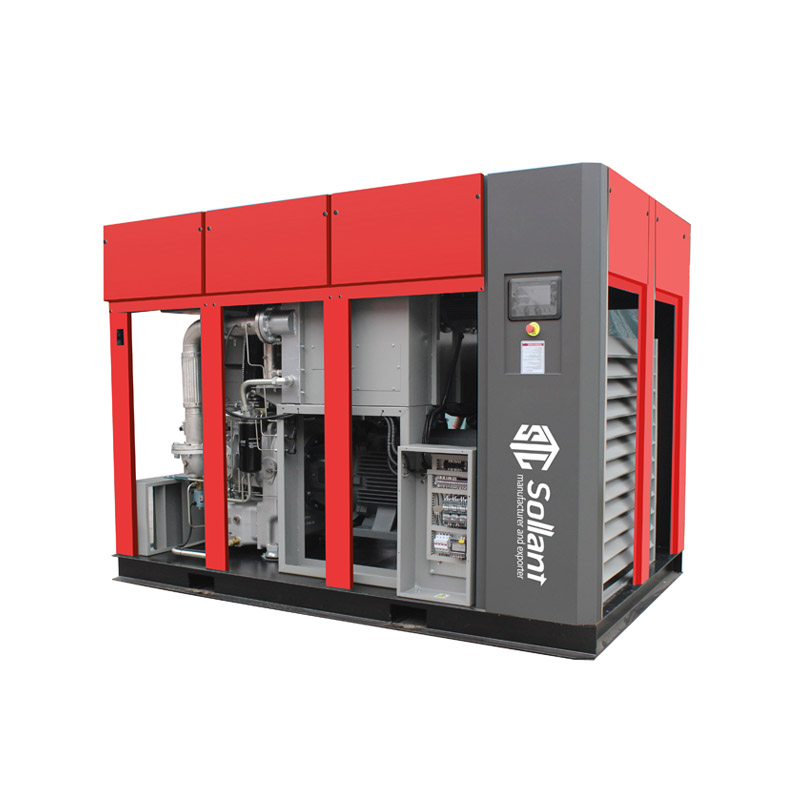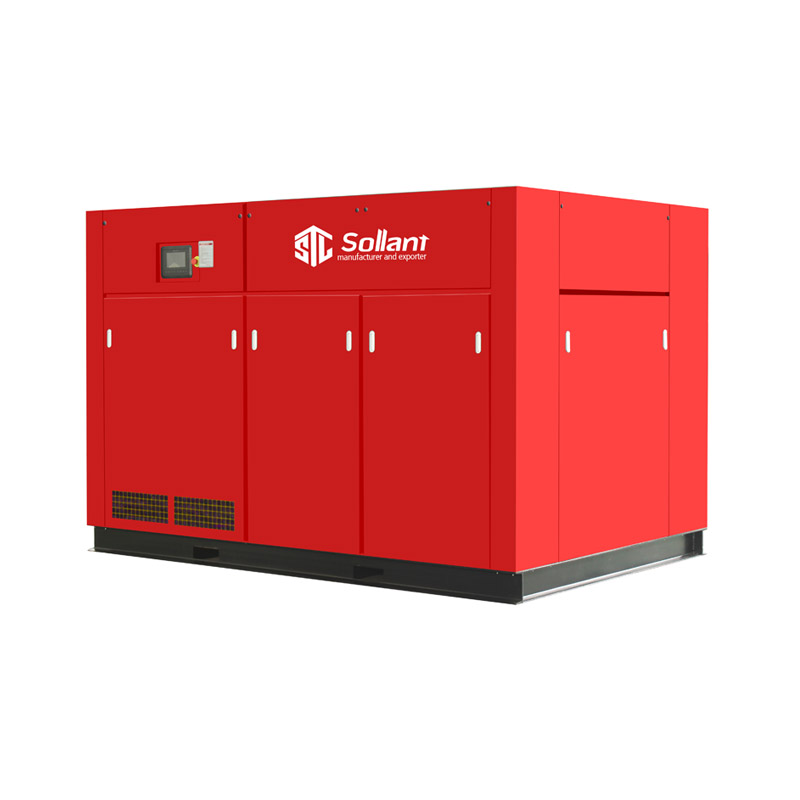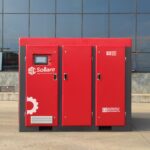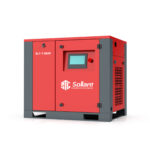Overhauling the host of an oil-free air compressor is crucial to ensure long-term efficiency and avoid severe damage. Since oil-free compressors operate without direct lubrication between the screws, any misalignment or wear can lead to significant issues. Below is a comprehensive guide on the three main steps to overhauling the oil-free air compressor host.
1. Overview of the Oil-Free Air Compressor Host Overhaul
An oil-free compressor works by maintaining specific gaps between its components, particularly the screws and the housing. There are three main factors that ensure this separation:
- Precision Manufacturing: The screws and housing are machined to precise tolerances, creating a gap that prevents contact during operation, even at high temperatures.
- Oil Film Formation: Though oil isn’t used directly in compression, oil films may temporarily form during startup or shutdown, preventing direct contact between screws.
- Proper Bearing Support: The radial and axial loads are supported by bearings, preventing axial displacement of the screws, which further ensures proper clearance between components.
However, over time, wear on the bearings can cause the screws to shift, affecting performance and potentially leading to serious issues like reduced air output or motor damage.
2. Key Tasks During an Overhaul
Overhauling the compressor involves a series of essential maintenance steps to restore proper function:
- Cleaning of Screws and Shafts: Dirt and debris can accumulate in gaps and affect performance. Thoroughly clean all key components, including screws, shafts, and the housing.
- Disassembly of Gears and Bearings: Remove worn gears and bearings, and inspect them for damage. Replace as needed.
- Adjustment and Polishing: Adjust gaskets, polish damaged surfaces, and correct alignment issues in the stator and rotor.
- Test Run and Fine-Tuning: After reassembly, perform test runs to ensure proper functioning and make necessary adjustments.
For oil-free compressors, users should not attempt DIY protection or maintenance beyond basic tasks. For oil-injected compressors, additional considerations include:
- Inspecting Bearings: Replace all bearings as a set to ensure uniform wear.
- Checking Inlet and Exhaust Bearing Seats: Determine if they need adjustment or correction.
- Ensuring Proper Rotor Alignment: The rotor profile may require correction to restore efficiency.
3. Determining When an Overhaul is Needed
In addition to regular maintenance intervals, several signs can indicate that an overhaul is necessary:
- Unusual Motor Sounds: Pay attention to motor noise during operation, particularly if there’s a significant difference between the no-load running current and the standard.
- Bearing Noise: Abnormal bearing sounds during operation can signal the need for maintenance.
- Excessive Vibration: Oscillation of the head bearings indicates wear and the need for replacement.
While bearing life typically dictates the overhaul timeline, it’s difficult to judge precisely when the bearings will fail. Regular inspection and monitoring are essential to prevent costly damage.
Conclusion
Proper maintenance and overhaul of an oil-free air compressor host are critical for avoiding performance issues and preventing significant damage. Regularly inspect and clean the screws and shafts, replace bearings, and ensure the machine is running smoothly. Following these steps will help extend the service life of the compressor and maintain its efficiency.
The gas discharged from the screw air compressor contains oil

